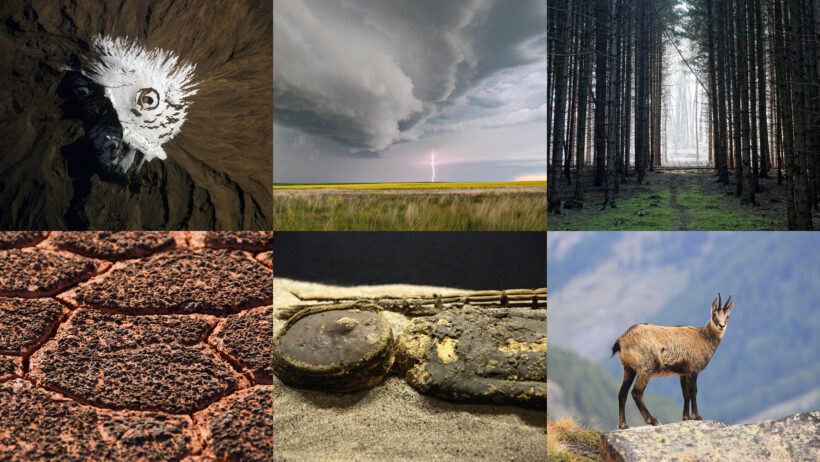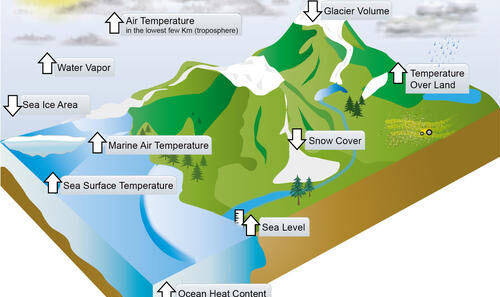In the contemporary discourse on climate change, one might expect the narrative to revolve around fossil fuels, deforestation, or carbon emissions. However, there exists an unexpected player in this intricate web of environmental challenges—GMO cotton. This genetically modified organism, commonly perceived merely as a staple in the textile industry, emerges as a complex entity in the arena of global warming. Beyond its conventional roles, GMO cotton weaves a tapestry that reveals an intricate relationship with our changing climate.
GMO cotton is engineered ostensibly for enhanced fiber production, pest resistance, and agricultural efficiency. Farmers utilize this biotech marvel to increase yields and combat the pernicious threats of pests. Yet, a metaphorical lens allows us to perceive GMO cotton as a double-edged sword, promising salvation on one side while harboring potential perils on the other. The benefits, although tangible, come at an ecological cost that deserves scrutiny.
To unravel this conundrum, it is essential to consider the cultivation practices surrounding GMO cotton. These fields, sprawling across continents, are often treated with herbicides and pesticides intended to ensure high productivity. The reliance on these agrochemicals has significant implications for the environment. Herbicide-resistant GMO cotton contributes to a cycle of chemical dependency where farmers are compelled to use more potent substances as pests develop resistance. This scenario epitomizes a classic ecological trap, wherein short-term agricultural success begets long-term environmental degradation.
The environmental impacts extend beyond the immediate use of chemicals. When rain washes these substances into nearby waterways, it sets off a cascade of ecological consequences. Aquatic ecosystems bear the brunt of this chemical runoff, leading to algal blooms and a subsequent decline in biodiversity. The rippling impact is not merely a local phenomenon but a stark reminder of our interconnected ecosystems, where the actions of one part can have far-reaching global repercussions.
Climate change serves as both a backdrop and a catalyst for these agricultural practices. The warming climate alters precipitation patterns and lengthens growing seasons, inadvertently incentivizing the expansion of GMO cotton cultivation into marginal lands. Farmers, driven by the allure of higher profits, may encroach upon previously untouched landscapes, including forests and wetlands, further exacerbating global warming through deforestation and habitat destruction.
Moreover, the reality of monoculture farming, a common practice in GMO cotton agriculture, reduces biodiversity. This homogeneity not only makes crops more susceptible to disease and pests but also diminishes the resilience of ecosystems. The loss of diverse crop varieties is akin to undermining the very foundation of a structure—without variety and adaptability, the whole system crumbles, threatening food security that is intricately linked to the health of the planet.
Conversely, it is crucial to highlight the potential for GMO cotton to play a positive role in the fight against climate change. By reducing the need for pesticide applications, farmers can lower their carbon footprints significantly. Furthermore, advancements in breeding technology may open avenues for developing drought-resistant varieties, potentially mitigating water usage and curtailing the strain agriculture imposes on this precious resource. This paradox encapsulates the duality of GMO cotton, allowing it to potentially serve as both a boon and a bane in our environmental landscape.
Delving deeper, one cannot ignore the socio-economic ramifications of GMO cotton production. In many developing countries, cotton farming is a crucial economic lifeline for countless smallholder farmers. The introduction of GMO cotton can enhance their livelihoods, spurring economic growth. Yet this economic boon does not come without its share of controversy. Dependency on seed suppliers for patented GMO seeds can lead to an economic stranglehold, trapping communities in cycles of debt and reliance, stripping them of agency and placing them at the mercy of global markets.
Tackling the issue of climate change necessitates a shift in agricultural paradigms. Agroecological practices that integrate traditional methods with scientific advancements may hold the key to achieving sustainability in cotton production. These approaches emphasize biodiversity, crop rotations, and integrated pest management, all of which could mitigate some of the detrimental impacts associated with GMO cotton. By reconceiving our agricultural frameworks, we can cultivate resilience—both in our crops and in our ecosystems.
The narrative surrounding GMO cotton intricately weaves through the fabric of climate change, revealing unexpected interconnections. Understanding these relationships is paramount for addressing the complexities of global warming. As we embark on this journey, it becomes evident that every stitch in the agricultural tapestry can have profound implications for our climate. Therefore, it is incumbent upon policymakers, farmers, and consumers alike to engage with these intricacies thoughtfully. Our collective choices—as we don the garments of environmental stewardship—will determine not just the narratives we tell but the tangible future of our planet.
In conclusion, the story of GMO cotton illustrates the multifaceted dimensions of agriculture in the context of climate change. The intersection of technology, ecology, and socioeconomic factors encapsulates the pressing need for a holistic approach to environmental challenges. Only through collaborative efforts can we hope to weave a future that is not merely sustainable, but regenerative, nurturing the planet and its inhabitants in a symbiotic flourish.






